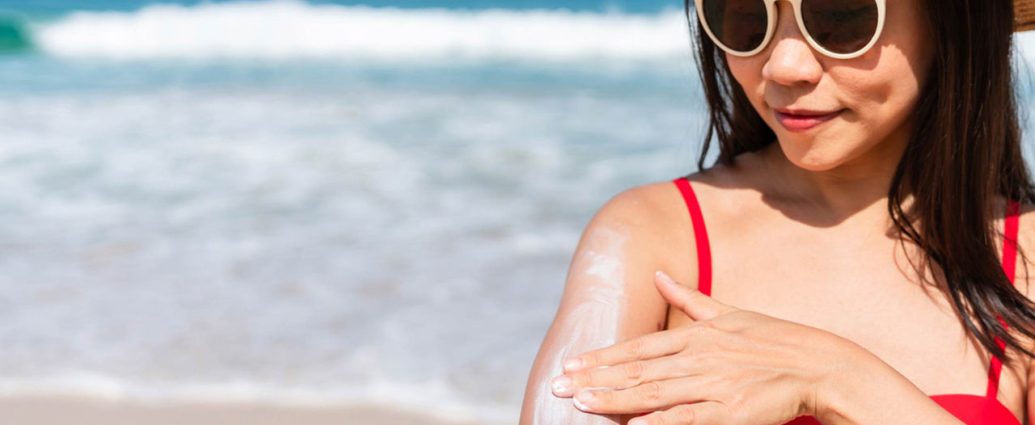Solar rays reach the ground according to their type, these can be UVA and UVB rays. You will learn about each of them and differentiate them when sunbathing in summer.
Solar rays penetrate the Earth’s surface by the electromagnetic spectrum. These waves are known as ultraviolet (UV) radiation. UV radiation determines the sun’s most energetic intensity. These radiations are measured in nanometers (nm) and will determine the penetration of the sun’s rays into the Earth.
Ultraviolet radiation is divided into two types: UVA and UVB, each with certain characteristics and effects on the body. These solar radiations will depend on the visible or infrared light that composes the solar rays and will define whether they are UVA or UVB radiations. Strong exposure to solar rays can cause damage to humans. One of the most feared is the onset of skin cancer.
Each type of solar beam can cause side effects, so here you will discover the difference between them and how to protect yourself from the sun’s rays. Enjoy summer Verano and protect your skin from UVA and UVB rays.
Length of The Sun’s Rays
Ultraviolet A (UVA) radiation covers wavelengths between 320 and 400 nm. This type of ray penetrates the skin less because its intensity is the least energetic of UV radiation.
UVA rays are used to produce body tans with less intensity. Some chemicals generate a tanning effect because they allow the penetration of these rays into the skin.
Ultraviolet B (UVB) radiation extends between 200 and 290 nm. This type of ray is harmful to the skin because its penetration is greater. It’s not useful for tanning, because its radiation is 200 to 2000 times higher.

Penetration on The Skin
UVA rays are the ones that cause the aging of the skin, as they can penetrate deep into the epidermis and the dermis. Prolonged exposure to sun rays will produce a darkening of melanin in the epidermis.
The penetration of the UVA rays can produce the dreadful wrinkles and the wear of the skin. This type of ray is the most common, because they are those used in natural tanning. Take care of your UVA rays using a sunscreen with components that stop the deep penetration of sun rays.
UVB rays produce the appearance of burns because they penetrate directly into the epidermis acting mainly at the basal cell layer level. This type of ray damages the vital cells of the epidermis and does not help the production of melanin. Direct exposure to these rays is harmful to health and is linked to the onset of skin cancer.
Risk Factors
UVA rays age the skin cells and can damage their DNA. These rays are associated with long-term skin damage, as is the case with wrinkles. They also reseal the skin, because the production of melanin and natural fat is lost.
Tanning is part of summer, but you must protect your skin from the sun’s rays. A good tan is attractive, so some women use tanning cameras to look better. The problem is that these aesthetic procedures can also be harmful to the skin because UVA rays penetrate directly.
UVB rays have a little more energy than UVA rays. These rays can directly damage the DNA of the skin cells and are the main rays that cause sunburn.
Whether you’re going to the beach or you’re in town, you should use sunscreen to avoid burns. UVA and UVB rays penetrate more between 10 a.m. and 4 PM Remember to use sunscreen to avoid burns, wrinkles and wear on the skin. When choosing the sun cream, check the type of protection and take care of UVA and UVB rays. Don’t expose your skin to solar radiation and enjoy summer.

